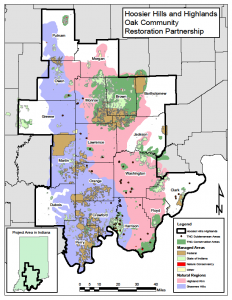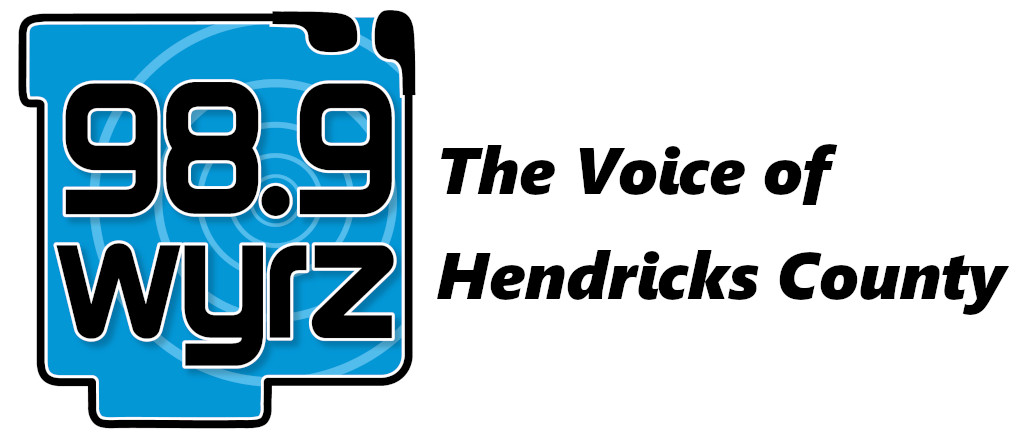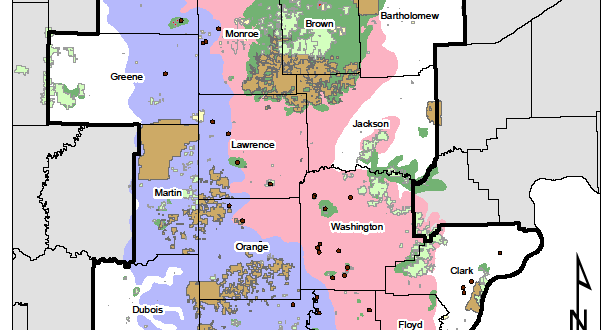Bedford, IN – (February 8, 2017) – In less than a year, the Hoosier Hills and Highlands Oak Community Restoration Partnership is reporting significant progress in their efforts to regenerate hardwoods and improve water quality efforts in the region.
This three-year project is part of the National Joint Chief’s’ Landscape Restoration Initiative, a partnership between two USDA agencies, the Forest Service (USFS) and Natural Resources Conservation Service (NRCS). These agencies, plus a large group of public and private partners are focusing on oak tree regeneration and other conservation practices that lead to improved water quality, reduced wildfire risk, and enhanced at-risk habitat on public and private lands in 18 southern Indiana counties.
According to Mike Chaveas, Hoosier National Forest Supervisor, this area was selected because it is one of the most heavily forested and biologically diverse forest systems in the entire Central Hardwoods Region. It provides drinking water for several communities and habitat for federal and state-endangered species such as bats, birds, and cave-dwelling species.
“In 2016 we utilized our funding to more than double the acres of National Forest treated for invasive plant species, promote oak understory restoration, conduct pollinator seeding projects, reconstruct trails for erosion control, and begin design on dam removal and aquatic organism passageway improvements, which will improve water quality and expand stream habitats for native fish. These efforts will continue to expand in 2017 with another year of funding, some of which supports hiring of additional seasonal positions and interns,” Chaveas said.
Jane Hardisty, Indiana’s NRCS State Conservationist, says many resource issues in Indiana’s private forests occur along roads and trails due to past management activities. “NRCS is excited to work with the USFS, private landowners and our other partners to fix serious erosion problems and control invasive plant species that can be devastating to our forest and wildlife ecology,” Hardisty said.
In 2016, NRCS made $893,958 of Environmental Quality Incentives Program (EQIP) funding available to private landowners within the project area for practices to improve critical resource concerns on nearly 6,200 acres of land. “We’re working closely with the USFS to find the most cost-effective ways to do the job right to improve water quality, forest health and wildlife habitat in this area,” said Hardisty. “We are seeing many farmers and forestland owners in this area who are willing to voluntarily install best management conservation practices after a few visits with our district conservationists.”
Both agencies agree that educating those who own or manage property is one of the most effective ways to improve the landscape long-term. So far, nearly 200 consulting foresters, farmers, right of way managers, wildlife biologists, and others have been trained in woodland management topics such as invasive plant control, thinning and pruning techniques, and understory improvement.
A great example of public-private partnering in this project came last year with the major rerouting of a trail that connects three major forest areas where mountain biking is a growing form of recreation. In order for bikers to travel from Brown County State Park and Yellowwood State Forest into the Hoosier National Forest, portions of an entrenched trail needed to be rerouted or repaired. USFS staff worked with the Hoosier Mountain Bike Association (HMBA) to develop the plans and then used their mule team to plow and grade the route. The HMBA provided volunteers to assist with the trail work. This project will provide a significant boost to the economy in the area and also protect water quality by reducing sediment running off the trail during storm events.
The National Joint Chiefs’ Landscape Restoration Partnership is now in its fourth year and proving to be effective in bringing together USFS and NRCS with partners to improve the health and resiliency of forest ecosystems where public and private lands meet.
“Funding through the Joint Chiefs program in 2016 helped us work more closely with our partners to increase the pace of conservation efforts on both private and public lands across southern Indiana,” said Chaveas. “In 2017, we will receive an additional $1.21 million to continue working toward our goals.”
Partners with the USFS and the NRCS are the Indiana Department of Natural Resources, Department of Defense, eighteen of Indiana’s Soil and Water Conservation Districts, The Nature Conservancy, Southern Indiana Cooperative Invasives Management, USDA Animal and Plant Health Inspection Service, Indiana Forestry and Woodland Owners Association, Indiana Association of Consulting Foresters, Central Hardwoods Joint Venture, Lost River Watershed Group, Indiana Association of Soil and Water Conservation Districts, Purdue University Forestry and Natural Resources Extension, Indiana State Department of Agriculture, Sycamore Land Trust, National Wild Turkey Federation, National Audubon Society, Ruffed Grouse Society, and American Woodcock Society.

 WYRZ.org 98.9 WYRZ – The Voice of Hendricks County
WYRZ.org 98.9 WYRZ – The Voice of Hendricks County





